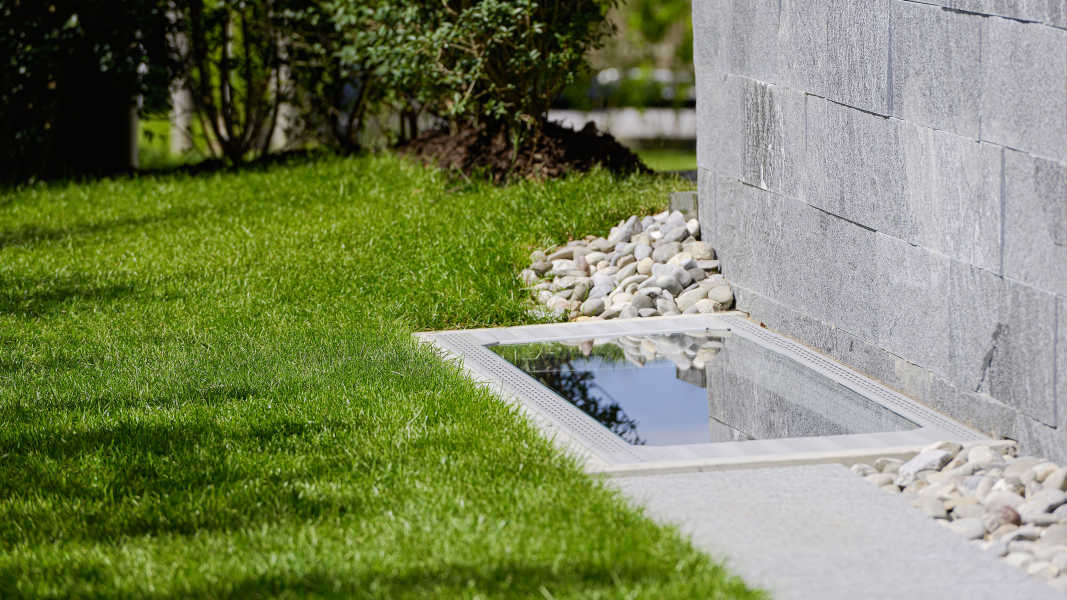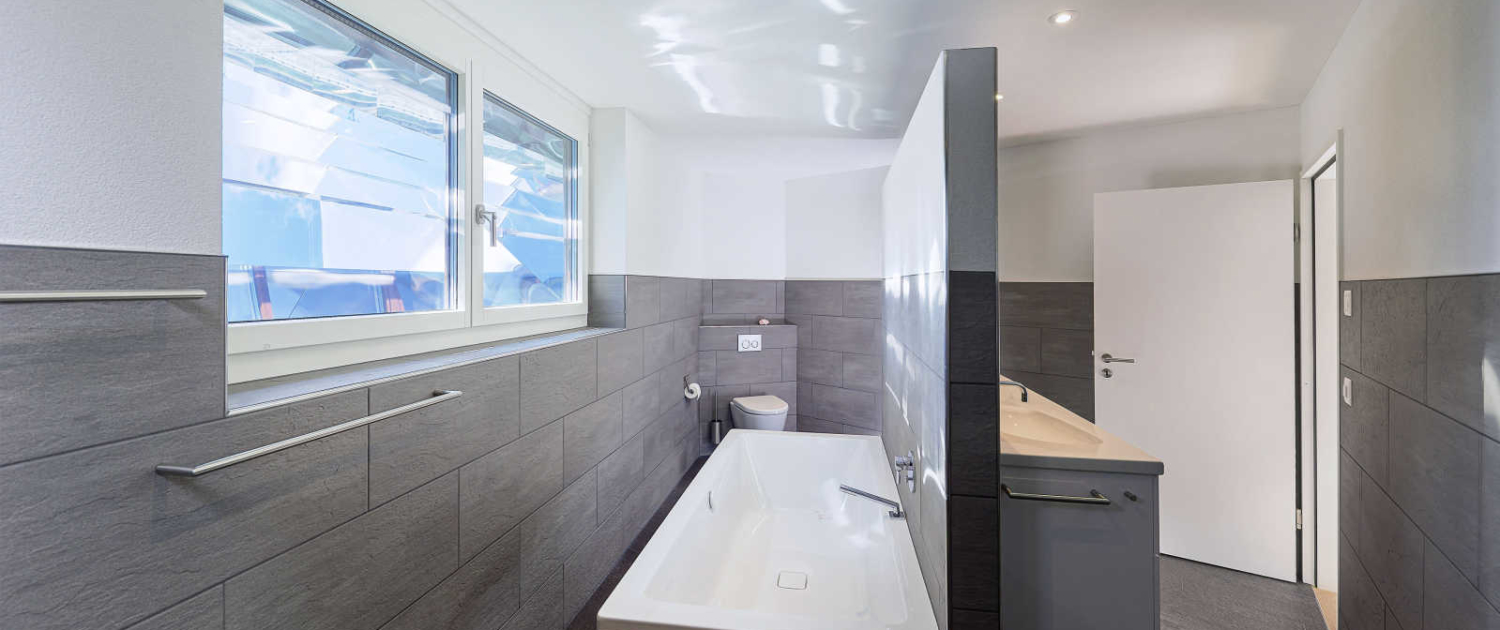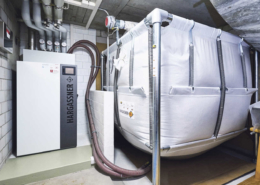In many homes, there's too little daylight. Old tricks and new techniques help to bring natural light into homes and offices. The result: a better quality of life and lower energy consumption.
Man has long since turned night into day. Thomas Alva Edison's invention, the light bulb, freed us from our dependence on natural light almost 150 years ago. Since then, our lives have been able to keep turning far beyond sunset. We are free to decide when the lights go out. But in the rush of progress, some of the benefits of sunlight were forgotten; architects used daylight far less than they did in the millennia before electric light was invented.
According to the Lucerne University of Applied Sciences and Arts, daylight has a shadowy existence in the modern age. It offers training seminars in which designers are to rediscover the use of natural light. Apparently, the gaps in knowledge are large.
"Architecture has lost an enormous amount of knowledge in this area," says Christian Vogt, one of Switzerland's leading lighting designers. Over the past 25 years, his design firm vogtpartner has realized well over 700 lighting projects internationally and has won numerous awards for its work.
"Sky light is unmatched"
Daylight plays an important role in Christian Vogt's concepts. Whenever possible, he uses this resource.
"Because in terms of color, vibrancy and bandwidth, skylight is still unmatched - despite all the advances in the lighting industry. If these qualities are harnessed, not least people's physical and psychological well-being will benefit." Christian Vogt, lighting designer.
This is because the sea of radiation stimulates many bodily functions. That's why many experts are calling for holistic lighting concepts to be used in buildings in the future, and thus for as much full-spectral (daylight) light as possible. After all, modern man spends 90 percent of his time indoors, and the need for so-called biological lighting design is correspondingly great.
The Danish capital Copenhagen recognized the usefulness of daylight more than ten years ago - and even incorporated it into urban planning. Building regulations require a minimum amount of daylight to be used.

More daylight without expensive renovations
But what happens when single-family homes and other properties are built? Do residents have to undertake expensive renovations to let more skylight into their homes? No. Often gloomy rooms can be filled with daylight with little effort. In addition, the industry has developed all kinds of products that retrofit sunlight into the living room. These include light wells and chimneys, for example. Their principle is not new; the first patent was registered in England in 1881. At that time, a tinkerer came up with the idea of guiding daylight through residential buildings in mirrored pipes like water.
Modern systems work in a similar way. They, too, collect sunlight on the roof or in other outdoor areas and transport it into buildings in tubes coated with superreflective materials (such as technical silver). Diffusing lenses distribute the light at the target location, in the targeted space. The amount of light that flows through the tube system is considerable. According to the supplier, it is sufficient to let the sun rise even in windowless basement rooms.
How to get more daylight into the house
Light-colored walls reflect incident daylight better - and diffuse it into the room.
Bulky and dark furniture should not be placed directly next to and under windows.
Special blinds direct light into the room. The upper slats are coated and angled differently.
A light frame around the window increases the volume of light. A high-gloss painted window sill has a similar effect. Glossy painted surfaces or light-colored (glass) tiles generally add brightness.
Oiled or varnished oak parquet reflects light better than a floor of smoked oak.
If the outdoor area in front of a window is covered with light-colored flooring, the light is reflected to the ceiling of the indoor area and appears brighter.
Often narrow strips of skylights do far more than large windows, especially in high-density neighborhoods.
Using old knowledge
"Until the 1950s, planners took it for granted that in single-family homes, the parapets under the often small basement windows were sloped toward the room," says Christian Vogt. "This allowed about 300 percent more daylight to enter the basement rooms than today's standard with rectangular parapets." The placement of the openings, or windows, was also once more carefully planned, he says. A skylight can let five times more light into the rooms than a horizontal window of the same size. And if you move a window just 20 centimeters closer to the ceiling, almost twice as much light enters. "Any computer program can prove such facts, but still we have a hard time rethinking." Especially since architects and building owners are often no longer aware of such correlations and only notice afterwards that the lighting quality is wobbly.
Another argument in favor of a more careful use of daylight is that it is available in large quantities, is free of charge and can be used in an extremely environmentally friendly way. In Switzerland, 8 billion Swiss francs are spent annually on electrical energy. Around 12 percent of this for Lighting - that corresponds to 7 billion kilowatt hours. Appropriate measures can halve energy consumption without imposing significant restrictions on people. The wise use of daylight can make a small but important contribution to this.
This article was published on the SwissEnergy website. Read more stories from SwissEnergy.


 EnergieschweizUtilisateurs de pellets tout feu tout flammes
EnergieschweizUtilisateurs de pellets tout feu tout flammes  Universitätsspital BaselRadiologen im Einsatz für die Energieeffizienz
Universitätsspital BaselRadiologen im Einsatz für die Energieeffizienz  SBBEnergie- und Nachhaltigkeitskriterien in der öffentlichen Beschaffung
SBBEnergie- und Nachhaltigkeitskriterien in der öffentlichen Beschaffung  Synhelion SAWie die Sonne die Zementproduktion klimafreundlicher machen kann
Synhelion SAWie die Sonne die Zementproduktion klimafreundlicher machen kann 
 zvg CKW
zvg CKW 
Dein Kommentar
An Diskussion beteiligen?Hinterlassen Sie uns Ihren Kommentar!